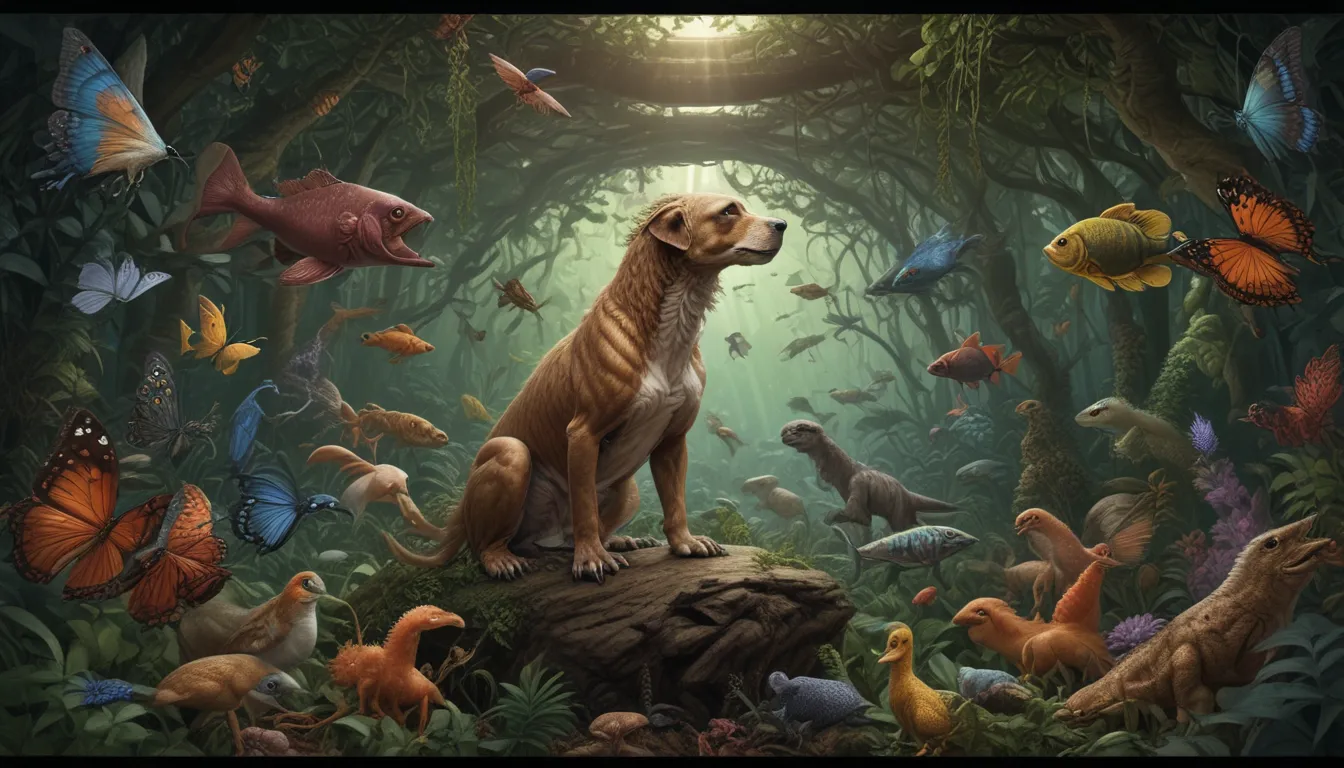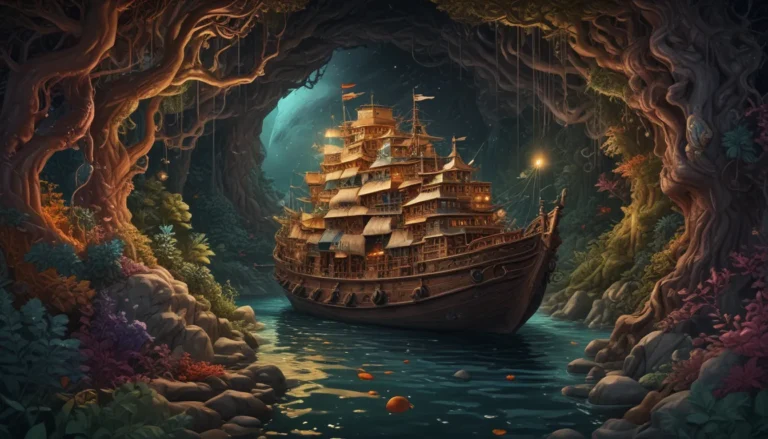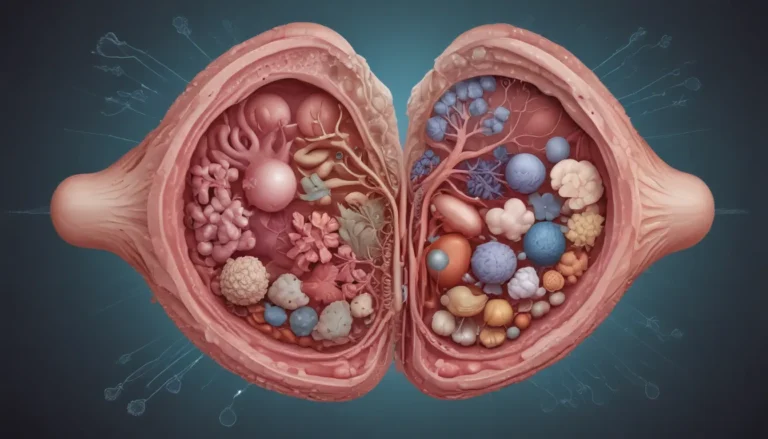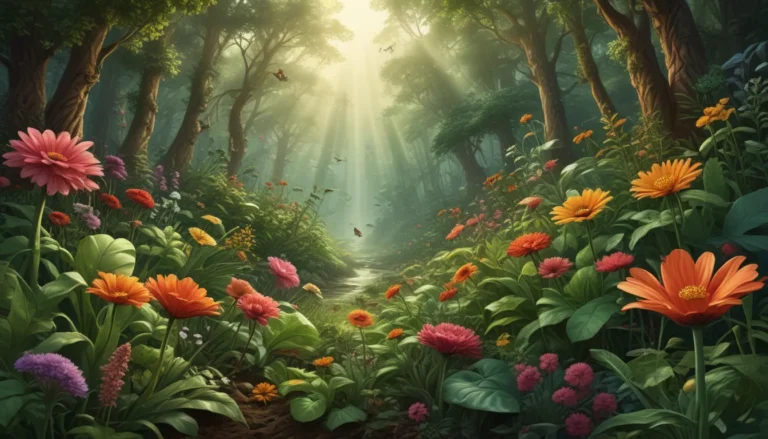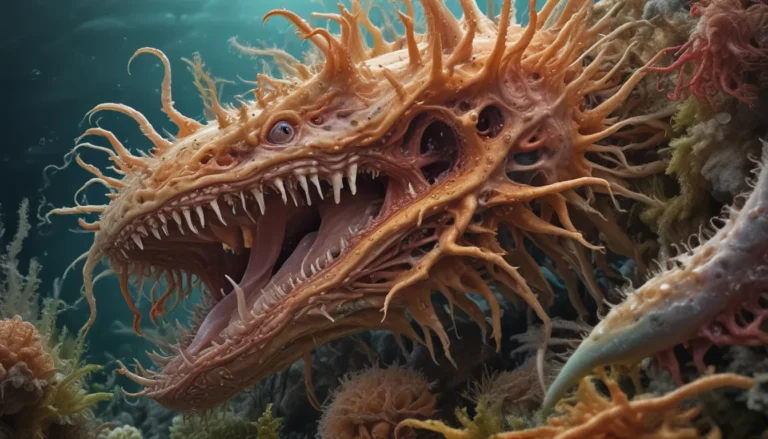A Note About Images: The images used in our articles are for illustration purposes only and may not exactly match the content. They are meant to engage readers, but the text should be relied upon for accurate information.
Artificial selection, also known as selective breeding, stands as a captivating process that humans have embraced for centuries. It involves the intentional selection and breeding of individuals with desired traits to perpetuate those characteristics in future generations. This method has left an indelible mark on our world, impacting everything from domestic animals to crop plants. In this article, we will delve into 9 enthralling facts about artificial selection, unraveling how it has influenced the evolution of various species. From the historical roots to the methods and impacts, we will uncover surprising insights into the remarkable power wielded by humans to shape and transform other organisms for their benefit. Join us on this educational journey as we explore the wonders of artificial selection!
Unveiling Key Takeaways:
- Humans have molded the traits of plants and animals through artificial selection for millennia, creating diverse breeds and varieties with desired characteristics, shaping the world we know today.
- Artificial selection has spurred the development of an array of fruits, vegetables, and livestock breeds, yet it also raises ethical concerns touching upon genetic diversity and species viability in the long term.
The Influence of Human Hands
At the core of artificial selection lies the intricate process by which humans intentionally choose specific traits in plants or animals through controlled mating. This deliberate practice enables us to manipulate the genetic composition of a species over time, yielding desired characteristics and traits that cater to our preferences.
Tracing Back the Origins
The roots of selective breeding trace back thousands of years, serving as a driving force behind the domestication of plants and animals. This ancient practice has paved the way for the creation of the diverse breeds that grace our world today, showcasing the enduring impact of human intervention in evolutionary processes.
Nurturing Crops Through Selective Breeding
Agriculture heavily relies on artificial selection to boost crop yields and refine agricultural practices. By selectively breeding crops, farmers aim to enhance their resilience to pests and diseases, elevate their nutritional value, and foster desirable traits like larger fruits or accelerated growth, all to meet the demands of a growing population.
The Tale of Dog Breeds
Dogs epitomize the prowess of artificial selection. Over the centuries, humans have selectively bred various dog breeds to fulfill distinct purposes, resulting in a staggering assortment of sizes, shapes, coat textures, and temperaments that cater to an array of human preferences.
Flourishing Beauty in Ornamental Plants
The development of ornamental plants owes much to artificial selection. Horticulturists have dedicatedly bred plants with sought-after traits, such as vivid colors and unique patterns, yielding a plethora of stunning flowers and foliage that adorn gardens and indoor spaces, enriching our surroundings with natural beauty.
Celebrating the Diversity of Fruits
Fruit trees have undergone meticulous artificial selection to yield a rich array of flavorful and nutritious fruits. By selecting trees with desired traits like sweetness, juiciness, and size, farmers and horticulturists have cultivated a cornucopia of fruit varieties that delight our palates and nourish our bodies.
Enriching Livestock Breeds
Artificial selection has led to the proliferation of diverse livestock breeds, each tailored with specific traits suited for varied purposes. Whether it’s cows bred for milk production, chickens bred for egg-laying, or sheep bred for wool, artificial selection has left an indelible mark on the livestock industry.
Embracing the Human Role in Conservation
In the realm of conservation, artificial selection plays a pivotal role. Through selective breeding of endangered species, scientists and conservationists endeavor to bolster population numbers and safeguard genetic diversity, ensuring the perpetuation of these species for future generations to cherish.
Pondering Ethical Considerations
While artificial selection heralds numerous benefits, it also sparks ethical debates. Concerns arise over excessive breeding for specific traits, which can potentially engender health issues or diminish genetic diversity, thus posing challenges to the enduring viability of species in the long run.
As we peel back the layers of artificial selection, we uncover a potent tool that has left an indelible mark on our world. From the rich tapestry of dog breeds to the diverse bounty of fruits and vegetables, its influence reverberates far and wide. By embracing and practicing artificial selection with care and consciousness, we stand poised to leverage its potential while upholding the imperatives of conservation and ethics.
Delving into the Evolutionary Tapestry
Artificial selection serves as a riveting process that has sculpted the landscapes of biology and agriculture. It encompasses purposeful breeding of organisms harboring specific traits to amplify desirable characteristics in subsequent generations. Through this nuanced method, humans have steered the growth rate, productivity, and adaptability of diverse plant and animal species. Notably, artificial selection has been instrumental in cultivating modern crops like wheat, corn, and rice, which form the bedrock of sustenance for a significant portion of the global populace. Furthermore, it has empowered us to selectively breed animals to manifest desired traits, resulting in the creation of livestock breeds optimized for meat production, milk production, or specific labor tasks.
Understanding the nuances and applications of artificial selection enables us to fathom the intricate interplay between humans and the natural world. By harnessing the potential of selective breeding, we have exerted a profound influence on the genetic fabric of myriad species, molding the world to align with our needs and desires. In essence, artificial selection stands as a tangible testament to human ingenuity, steering the evolutionary trajectories of organisms and engendering a landscape rich in diversity and specialization that has forever altered the visage of our planet.
Unraveling FAQs:
Q: What delineates artificial selection?
A: Artificial selection involves selectively breeding plants or animals to yield offspring with desired characteristics, emphasizing specific traits to propagate in subsequent generations.
Q: How does artificial selection contrast with natural selection?
A: Artificial selection hinges on human intervention, wherein preferred traits are consciously chosen and cultivated through breeding, while natural selection unfolds in nature, governed by the survival and reproduction of organisms harboring advantageous traits.
Q: Can you provide examples of artificial selection?
A: Instances of artificial selection encompass breeding dogs for particular physical attributes or temperaments, refining crop plants for heightened yield or disease resistance, and fostering specific livestock breeds for meat or milk production.
Q: Does artificial selection pose a threat to biodiversity?
A: While artificial selection may potentially diminish genetic diversity when breeding focus narrows, responsible practices can safeguard invaluable genetic traits and adaptability within targeted populations.
Q: Is artificial selection applicable to humans?
A: Though historical human selection practices bear cultural imprints, actively breeding humans for distinct traits raises ethical concerns and is typically discouraged.
Q: What underscores the significance of artificial selection in agriculture?
A: Artificial selection in agriculture has been instrumental in crafting high-yielding crop varieties and resilient livestock breeds that contend with pests, diseases, and environmental challenges, bolstering food production and security.
As the curtain falls on our exploration of artificial selection, its captivating narrative endures, a testament to human stewardship over nature. Embark on this profound journey of discovery, where the art of shaping life converges with ethical considerations and conservation imperatives. Join the chorus of voices that advocate for responsible practices, uniting innovation with preservation to steer the course of evolution towards a harmonious and sustainable future.
